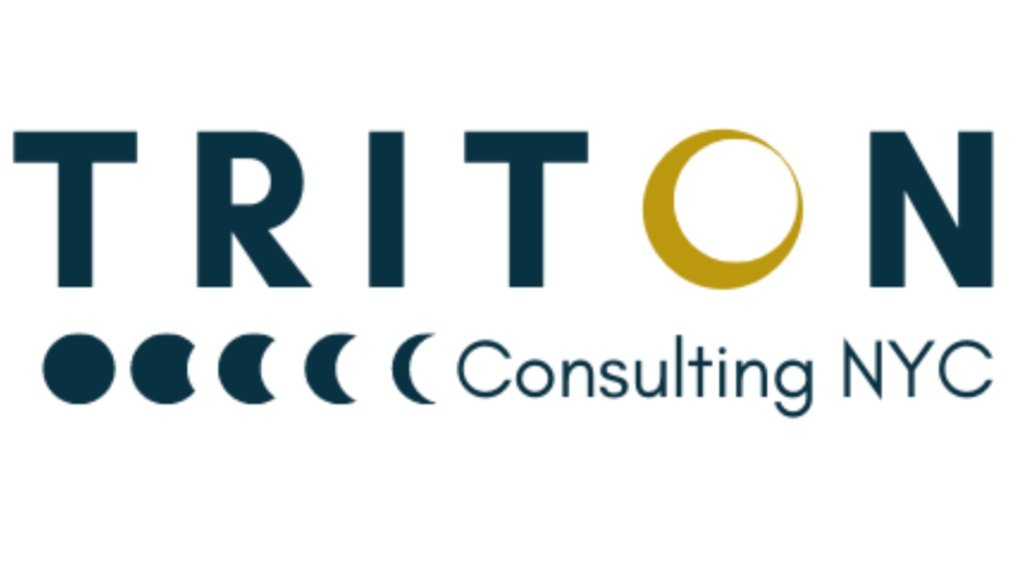Understanding the differences between copyrights and trademarks is crucial when protecting intellectual property. These two forms of legal protection serve distinct purposes and safeguard different types of creative works and brands. In this blog post, we will delve into the contrasting aspects of copyright and trademarks and shed light on the importance of registration for enhanced legal protection.
Copyright: Preserving Creative Expressions
Copyright primarily focuses on preserving original works of authorship. This encompasses various forms of creative expression, including literary works, artistic creations, musical compositions, and more. The fundamental objective of copyright is to grant the creator exclusive rights over their work, allowing them to control its reproduction, distribution, and public display.
By securing copyright protection, creators can prevent others from copying or distributing their work without permission. This safeguards their artistic integrity and ensures they can reap the financial benefits of their creative endeavors. It's important to note that copyright protection is automatic upon creating the work and does not require formal registration.
Trademarks: Safeguarding Brand Identity
Unlike copyright, trademarks protect brand names, slogans, logos, and other elements that identify and distinguish a specific business or product in the marketplace. A trademark is a valuable asset, as it helps consumers recognize and associate certain qualities with a particular brand.
Trademark protection is crucial in preventing competitors from using similar trademarks that could confuse consumers. By safeguarding brand identity, trademarks maintain the reputation and integrity of a business. Unauthorized parties are prohibited from capitalizing on the goodwill associated with a specific trademark, thus ensuring the brand's unique standing in the market.




